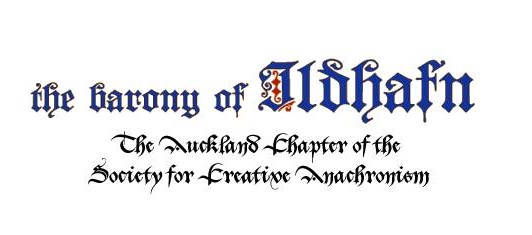Date:
16th century (likely mid-to-late 1500s)
Description:
And Seest Thou My Cow is a humorous English part-song or catch, noted for its rustic subject matter and playful, slightly bawdy tone. The song pokes fun at rural life, with lyrics centered around the search for a lost cow—possibly a metaphor with cheeky double meaning, typical of the period’s lighter vocal music.
Discussion:
This piece is often included in collections of Tudor or Elizabethan catches and rounds. Though the composer is anonymous, the song exemplifies the English tradition of convivial, often pub-style vocal music designed to amuse and entertain. The text and music invite comic delivery, especially when sung with exaggerated rustic accents or playful timing. It may have originated as a drinking song or social entertainment in informal settings.
Composer:
Anonymous (English Traditional)
Arranged by:
Various modern editors; often arranged for SAB, SAT, or unison voices with keyboard or lute accompaniment.
Sheet Music:
Available in collections like Madrigals and Partsongs (Oxford), The English Catch Book, or online via CPDL and IMSLP.
The arrangement we use is available here as a pdf, mus or musescore file
Parts:
Originally a part-song, typically SAT or SAB in modern editions
Some arrangements as a catch or canon for 3 voices
Type:
Secular Part-song / Catch / Humorous Folk Song
Language:
Early Modern English
Ranges:
- Soprano: C4 – G5
- Alto: G3 – D5
- Tenor: C3 – A4
(Varies by arrangement; some versions are easily singable by beginners.)
Advice for beginners:
Embrace the humor! Focus on clear diction and expressive delivery. If singing in a group, keep the timing tight—comedic songs work best when phrasing is well-aligned. For catches and canons, be sure to cue entrances confidently and maintain your line while others sing overlapping parts. Great for developing ensemble skills in a fun, relaxed context.
Sound Files:
Here are some sound files for reference. mid
